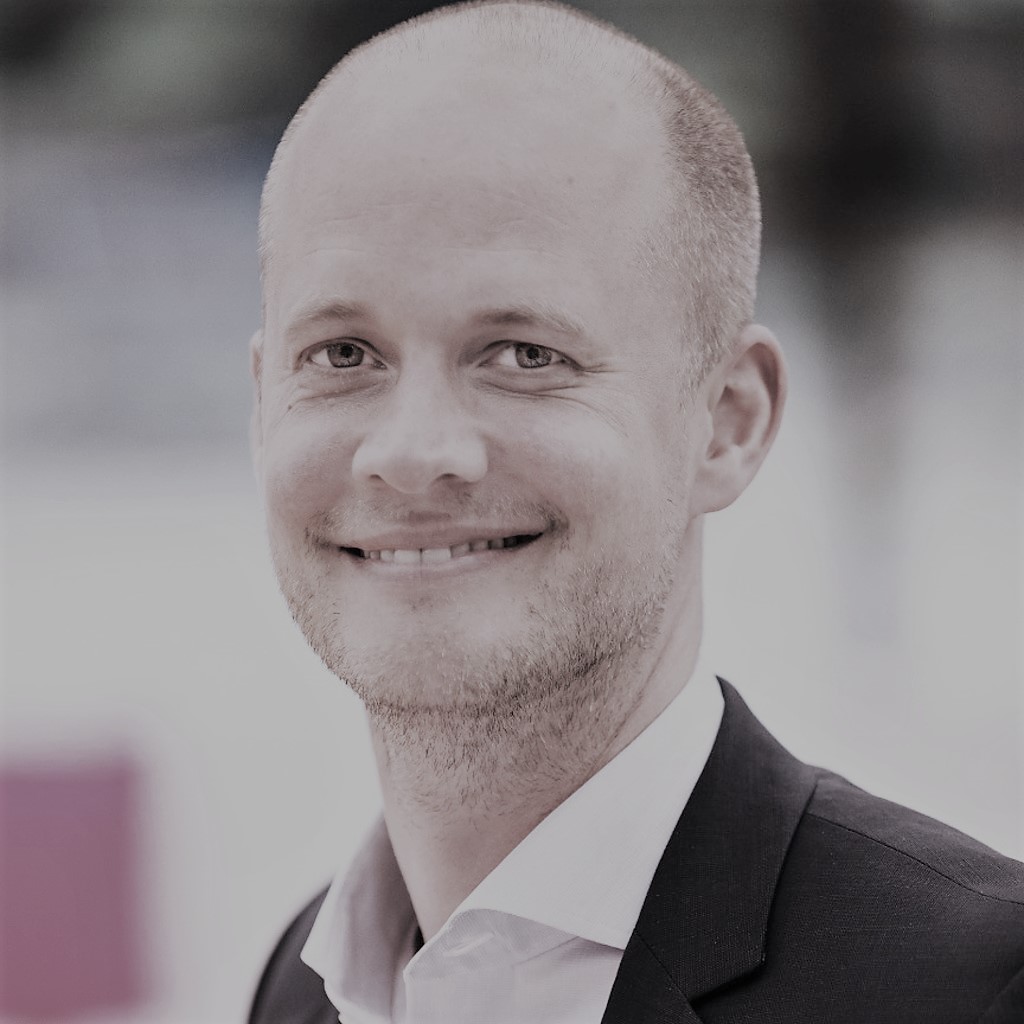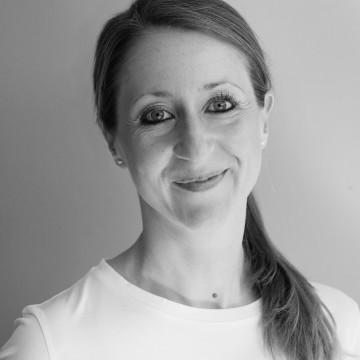Interview with Mobility Expert Dr. Martin Vetter, TÜV SÜD
Heading the Innovation team of the Division Mobility at TÜV SÜD, Dr. Martin Vetter and his team foster innovation projects in the field of damage detection, technical inspections, car appraisal services and data driven business models based on a trusted mobility hub. In this interview he shares his perspective on the future of urban mobility with us.
Looking at the ongoing changes in urban mobility, which trends and misconceptions do you observe?
Mobility is changing, especially in urban areas. Modular and shared mobility services will be on the rise. However, the drop in demand in public transport and shared mobility services due to Covid-19 show how fragile this change still is. Those services are still at an infant stage and hence prone to various impacts of all kinds. It also turns out that shared mobility services on their own will not reduce urban traffic but need to be integrated in an overall urban mobility offering. This offering needs to be seamless for the user to drive acceptance on a large scale, avoid cannibalization of public transport and reduce traffic in urban areas or keep it at least constant in times of global urbanization.
But this requires not only technological changes such as efficient alternatives to combustion engines or automated driving. Autonomous vehicles will still commute - although autonomously and even more efficient due to concepts like platooning. But if every autonomous vehicle transports only one passenger, traffic won’t be decreasing. It needs new offerings but also new incentives to break up with common patterns of behavior, such as preferring commuting alone for the sake of personal freedom. So, we do have to discuss urban mobility on a wider scale and have to take social aspects as well as new work concepts like home office into consideration to design urban mobility of the future. This includes new retail concepts which might lead to a decrease in urban delivery traffic but on the other side an increase in delivery traffic in sub-urban areas. And finally, we have not yet spoken about the third dimension: mobility concepts of PAVs/drones and drone taxis.
Talking about TÜV SÜD, where do you see the role of your company in the urban mobility landscape?
In mitigating risks - these risks are becoming and will remain more virtual and more complex in the future. Performance of vehicles is more and more determined by software components rather than by hardware. Each update, in the future over the air, might affect not only single components of a vehicle but the overall system. Hence, software and its updates need to be monitored in a continuous way. This especially applies to autonomous vehicles. Periodic inspections will need to be supported by continuous monitoring of safety critical events. And finally, the security of a system needs to be guaranteed to avoid manipulation of vehicles from the outside. Our aim is to inspire trust in new mobility technologies and thus enable progress by managing technology-related risks – to facilitate change.
How do you experience customer needs in the changing landscape of urban mobility?
Based on our everyday experiences we more and more experience customers looking for seamless solutions and value propositions which are integrated in our daily, individual routines. This applies to commercial and business customers alike. And it especially applies to digital natives. Besides that, we see how events like the Covid-19 pandemic suddenly change urban mobility but also the responsiveness to digital solutions. The Covid-19 situation shows how fast user patterns can change. So for example, the demand for (e)bikes has strongly increased and mobility patterns have already been affected.
Do you see big differences in urban and more rural areas?
Rural areas still heavily rely on individual mobility since the fragmented demand makes economically sustainable offerings of shared mobility at least complicated. Most shared business models suit urban areas with higher demand and economies of scale due to higher frequency and utilization rates. Therefore, solutions in those rural areas will be different and may have to lead towards flexible, individualized public transport offerings and a stronger impact of peer-2-peer sharing concepts.
Urban mobility is tightly connected to data - how can we ensure a secure and trustworthy usage of data?
First of all, we need to ensure trustworthy data along all kinds of processes, stretching from the generation of data in autonomous vehicles to the usage of data for example as secondary usages. Data integrity needs to be guaranteed and data acess should be free of possible discrimination.
This also includes access right management and transparency of who is dealing with what kind of data. Ecosystems will create compelling new, data-driven value propositions to individuals. But the handling of data, data streams, data processing, data storage and data access must be transparent, free of discrimination, trustworthy and in relevant areas even certified.
Which role is data playing in your current decision making?
As mentioned before, data is becoming more relevant as the importance of software is rising. The relevance of pure physics diminishes. Continuous monitoring of data, its visualization and simulation will become paramount to assess the safety and security of vehicles and to make the change to automated and even autonomous driving happen. But once again, this data must be correct, transparent, and accessible and data integrity needs to be given.
Which technologies do you see as the most important ones in the future of mobility ecosystems?
At a first glance, of course alternate propulsions like hydrogen and technologies needed for automated and autonomous mobility solutions come into mind, like for example LIDAR, which need to be reliable and must operate safely without failure rates. But infrastructure technology is equally important to foster safe, secure and reliable car-2-x communication. We need powerful communication infrastructure like 5G networks to cope with immense data streams. And finally, we need technologies and platforms to guarantee privacy and data integrity to leverage the value of data driven value propositions.
Talking about urban mobility ecosystems - how do companies need to adapt to be ready for future changes?
Get connected with partners for integrated, joint value propositions, think digital and watch out for seamless and integrated value propositions and data flows.
About Dr. Martin Vetter

Dr. Martin Vetter is heading the Innovation team of Division Mobility at TÜV SÜD. The team is fostering innovation projects related to automated damage detection based on Artificial Intelligence, continuous periodical technical inspections based on real-time data, digitization of car appraisal services and data driven business models based on a trusted mobility hub. Dr. Martin Vetter holds a Master and PhD in Business Administration. Before Martin joined TÜV SÜD, he was Head of an University Start-up and Entrepreneurship Center. Martin is enthusiastic about agile and lean start-up processes in a corporate environment.
About Division Mobility @ TÜV SÜD
Thinking future. Directing progress. TÜV SÜD Division Mobility is the innovative service provider and neutral partner for product and process improvement for the automotive industry. Their employees worldwide contribute technical progress and the latest expert knowledge to ensure that future vehicle technologies - including those with alternative drive systems - can go into series production safely.
To learn more about our mobility approach, check out our mobility page.
 Simone MittererGlobal Head of Brand and Communications, Germany
Simone MittererGlobal Head of Brand and Communications, Germany

